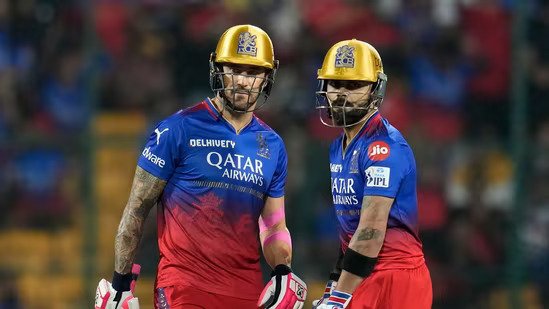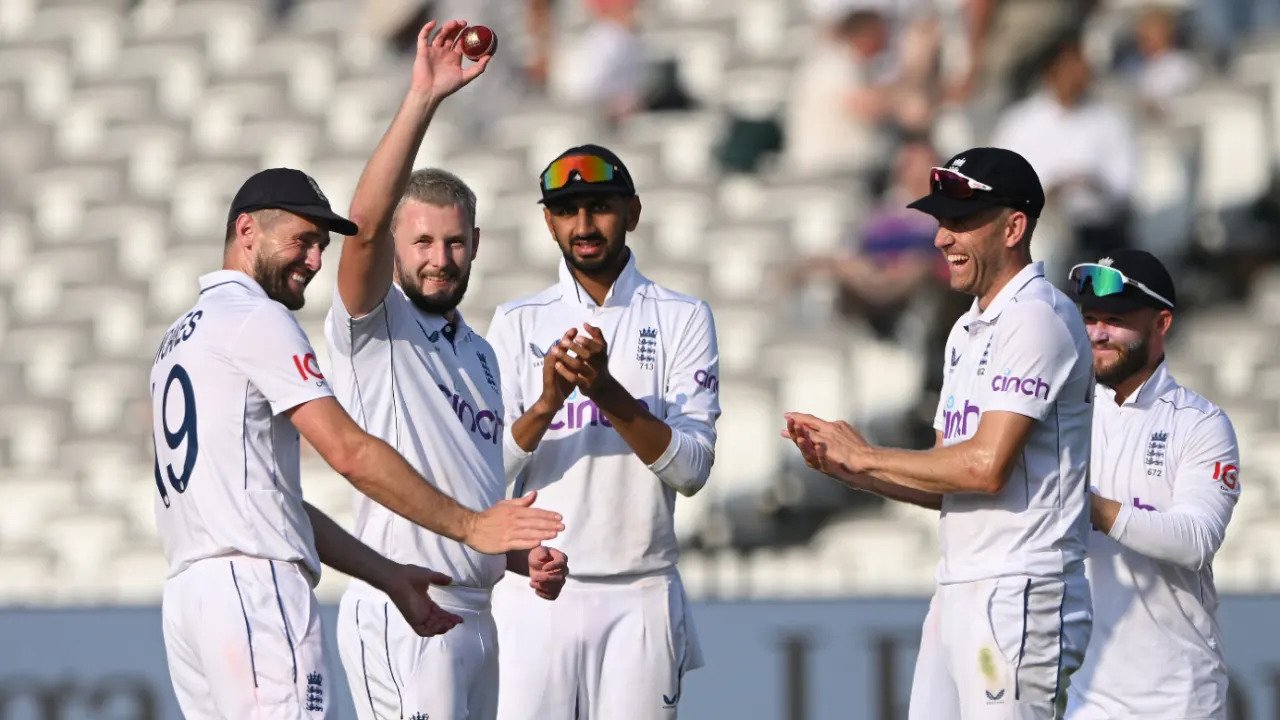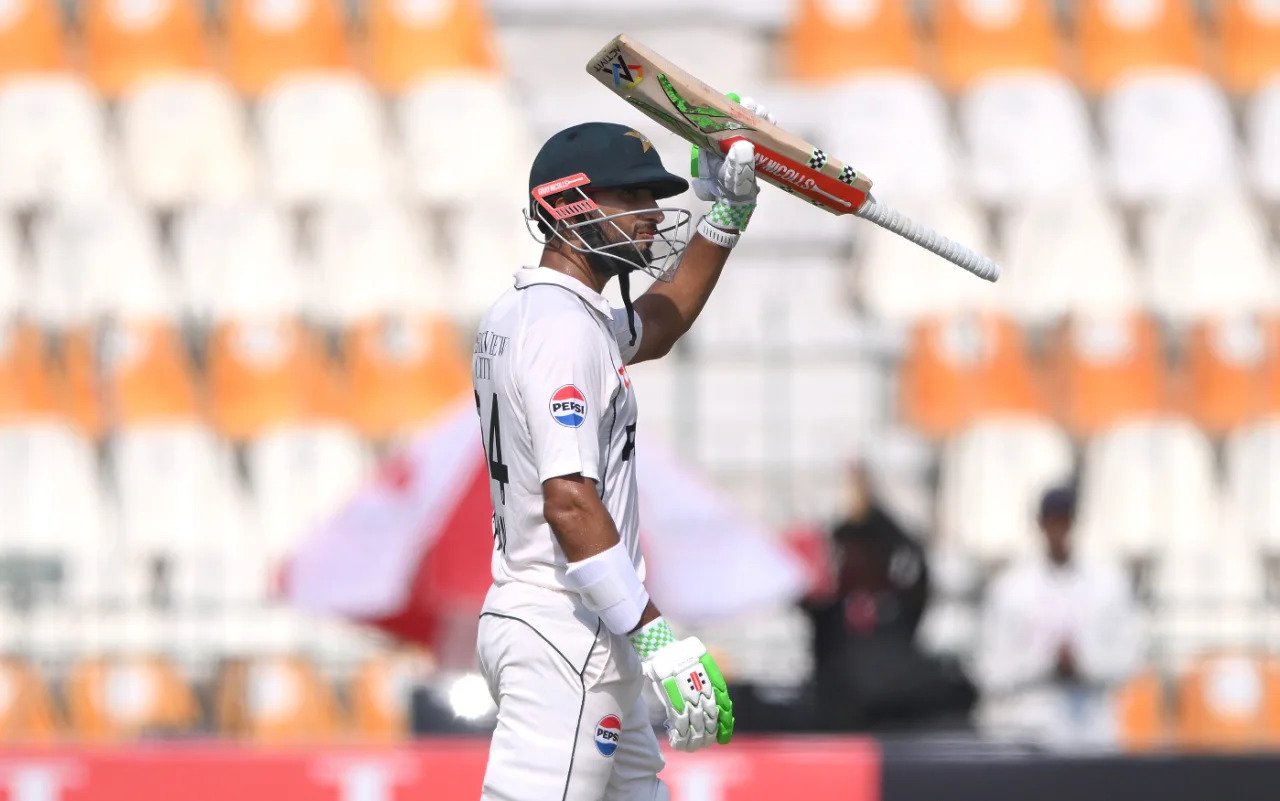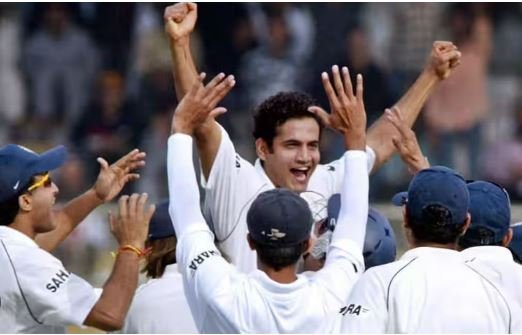Nat Sciver-Brunt and Sophie Ecclestone, England’s dynamic duo, led the charge as England cruised to a seven-wicket victory over South Africa in the Women’s T20 World Cup 2024.
After chasing 125, Sciver-Brunt’s undefeated 48 and Ecclestone’s outstanding 2-15 with the ball helped England reach 125/3 with relative ease in the last over.
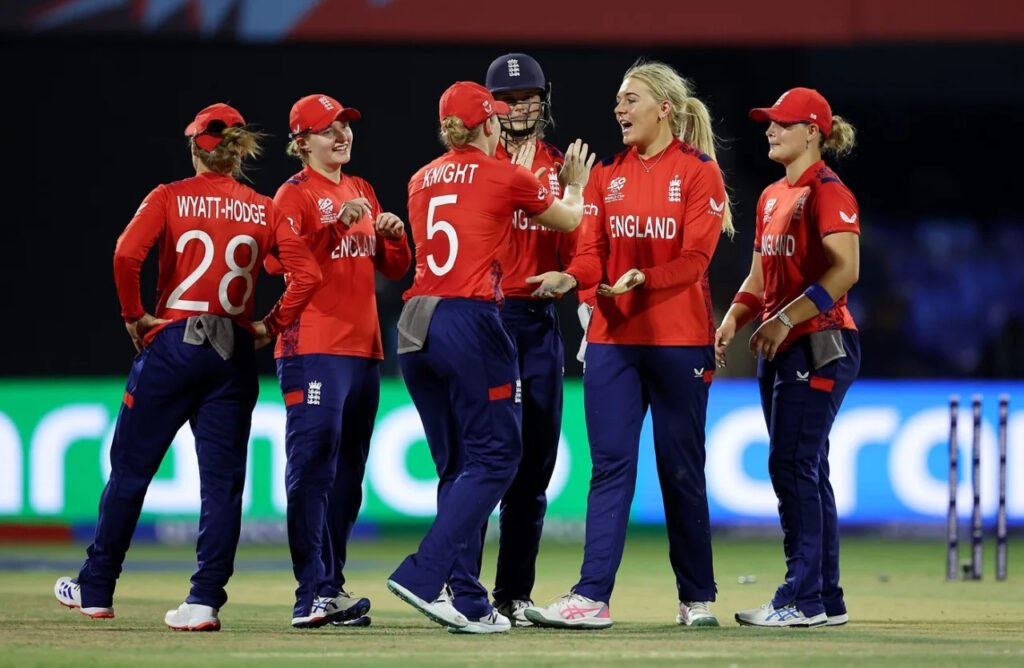
Key Performances and Match Results
England 125 for 3 (Sciver-Brunt 48*, Wyatt-Hodge 43) beat South Africa 124 for 6 (Wolvaardt 42, Ecclestone 2-15) by 7 wickets.
Match Analysis
Against South Africa in the last over of the Women’s T20 World Cup, Nat Sciver-Brunt played one of the best innings to lead England home. Coming off 36 deliveries, her 48 not out was not only the most substantial of the match but also the most aggressive.
England chased a target of 125, but it was Sciver-Brunt’s 64-run partnership with Danni Wyatt-Hodge that turned the tide of the match decisively in their favour.
The spinners from South Africa, especially Nonkululeko Mlaba, who claimed 1 for 22 in her four overs, had been heroic. However, England needed to take advantage of more of the opportunities the bowlers produced because of their potent batting lineup. Two half-chances given by Wyatt-Hodge were not taken advantage of by South Africa, and while Sciver-Brunt also had some success, fielders did not benefit from any of the mishits.
With two wins out of two and a high net run rate of 0.653, the victory puts England in an excellent position to advance to the semi-finals. There is still more work for South Africa.
England had been careful not to lose wickets early on, but they needed a boost through the middle overs to get back on track for victory, and Sciver-Brunt was the woman to give it to them. Her first action at the crease was explosive as she struck her fourth ball for four behind square on the offside. She then went back to her regular pattern of choosing runs through the legside.
Even though she didn’t always get the timing on such a sluggish surface, she would often shuffle to off and aim the square leg boundary against the spinners. With four boundaries in that direction, she scored 32 of her runs in the arc between deep midwicket and fine leg.
Sciver-Brunt played a four in each of the next two overs to seal the victory, even though Wyatt-Hodge was stumped with 11 deliveries remaining.
Along with taking four wickets, legspinner Sarah Glenn, offspinner Charlie Dean, and left-arm spinner Sophie Ecclestone bowled 12 overs for 58 runs. Left-arm spinner Linsey Smith scored 1 for 32 in her four overs as well.
However, Ecclestone and Glenn’s precise, diverse bowling was what actually limited the amount of runs scored throughout the middle overs. Ecclestone claimed the two largest wickets against the opposition: in the sixteenth over, he bowled Laura Wolvaardt, and in the nineteenth over, he struck Marizanne Kapp’s advancing stumps with another blow. She concluded with the best returns in the game, going 2 for 15 from her four.
She’d come out swinging. The captain of South Africa won the toss in a position that was clearly bat-first. She played brilliantly during the powerplay, scoring 22 off 15 balls to assist the team to a comfortable 37 for 1. She was unable to find the boundary for the remainder of her innings, which lasted until the 16th over, when England’s spinners put the brakes on her. Her singles and twos kept her scoring at a respectable rate, but South Africa needed a score of at least 150 to feel comfortable against an England-caliber batting order.
Then, in the field, she allowed two half-chances off Wyatt-Hodge to pass by her outstretched fingers. The hitter was only on eight when the first of those let-offs occurred.
Nevertheless, Wolvaardt‘s contribution—42 off 39—was the largest of South Africa’s individual efforts.

